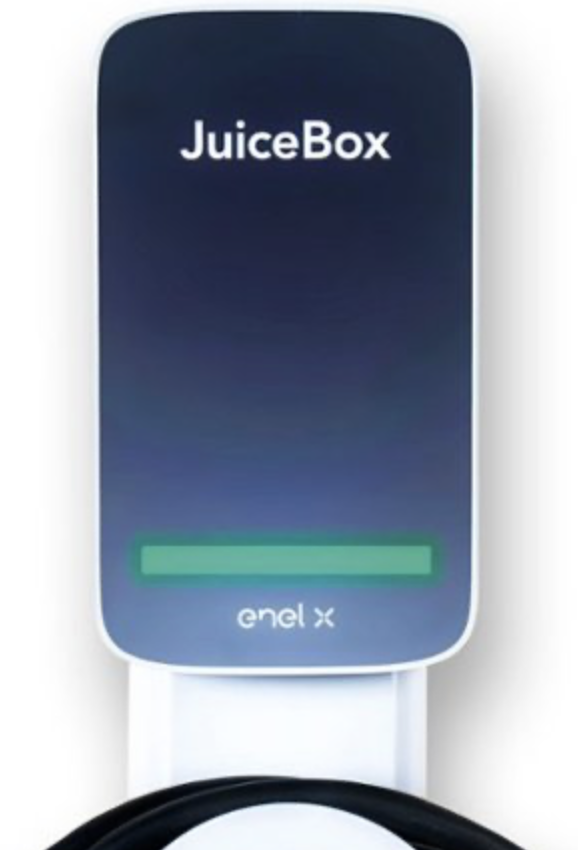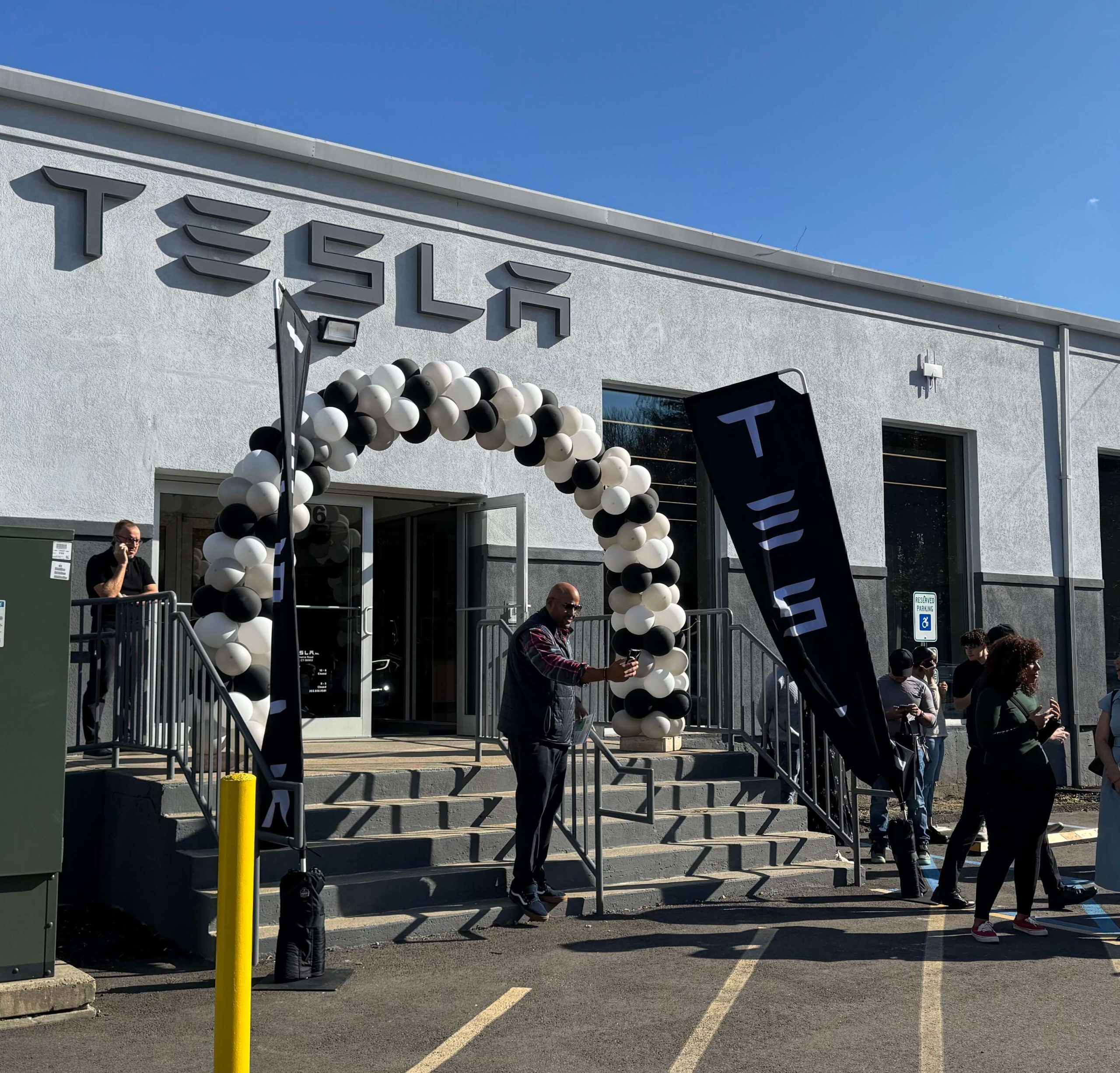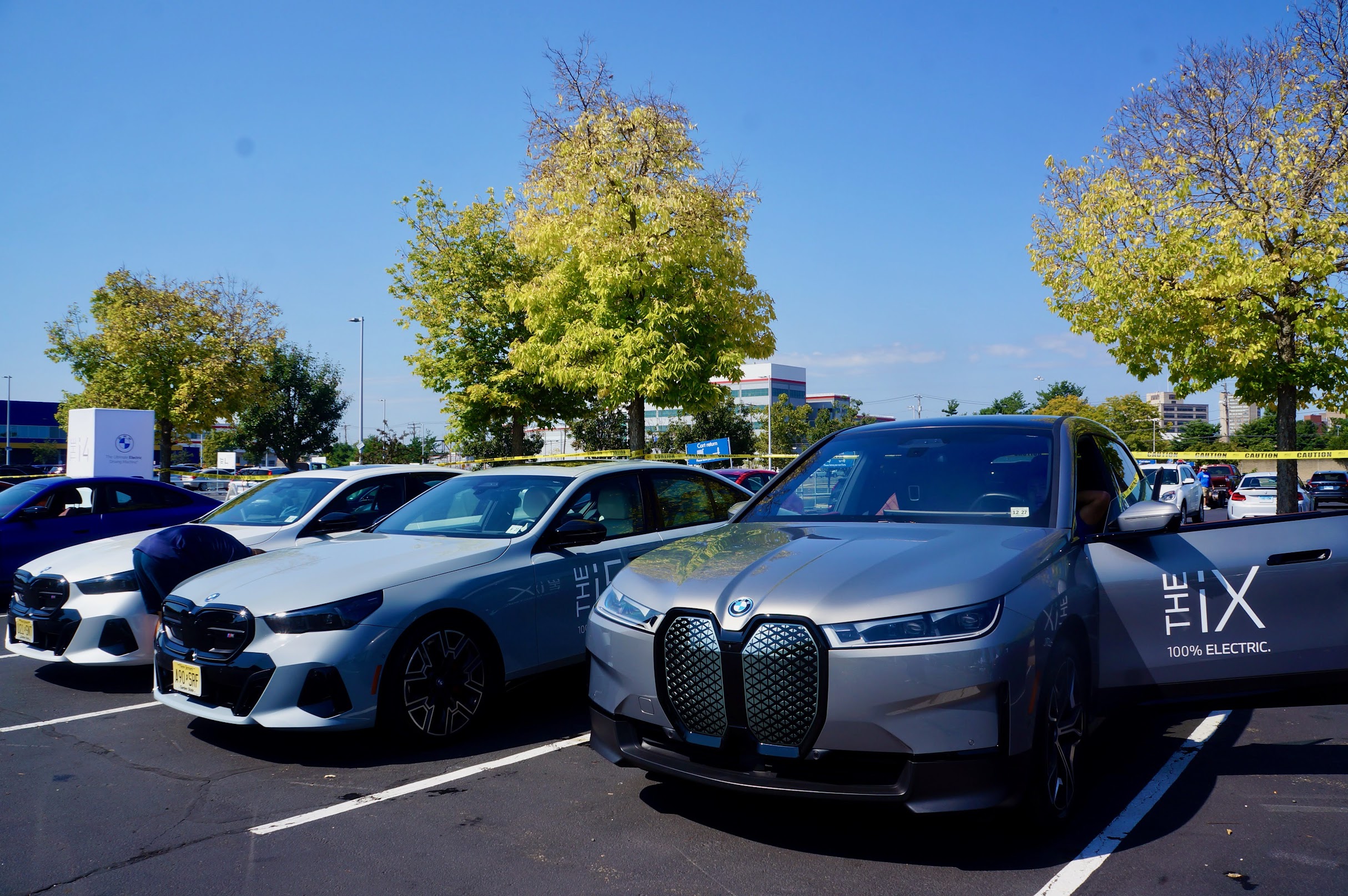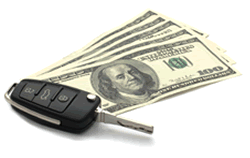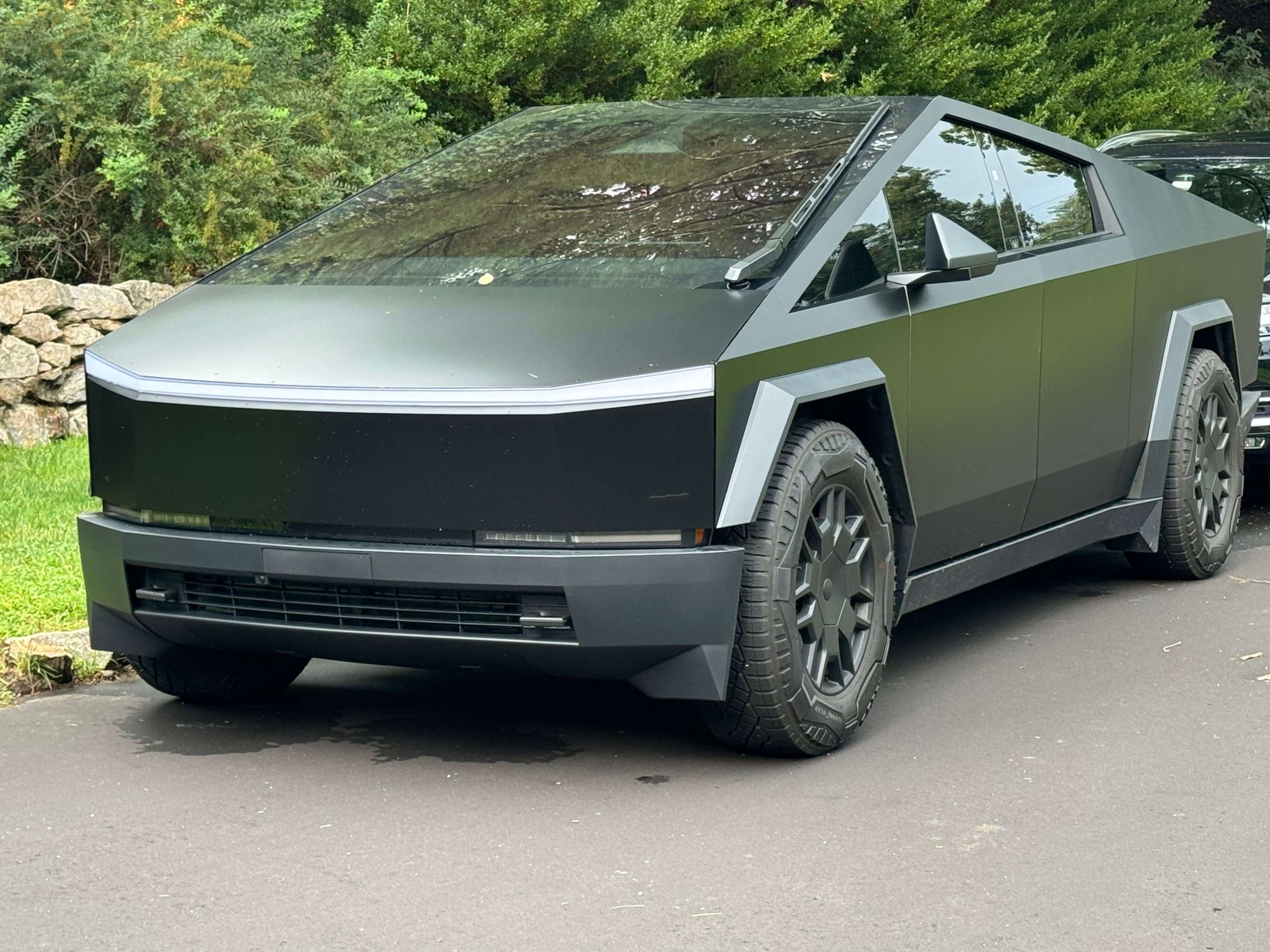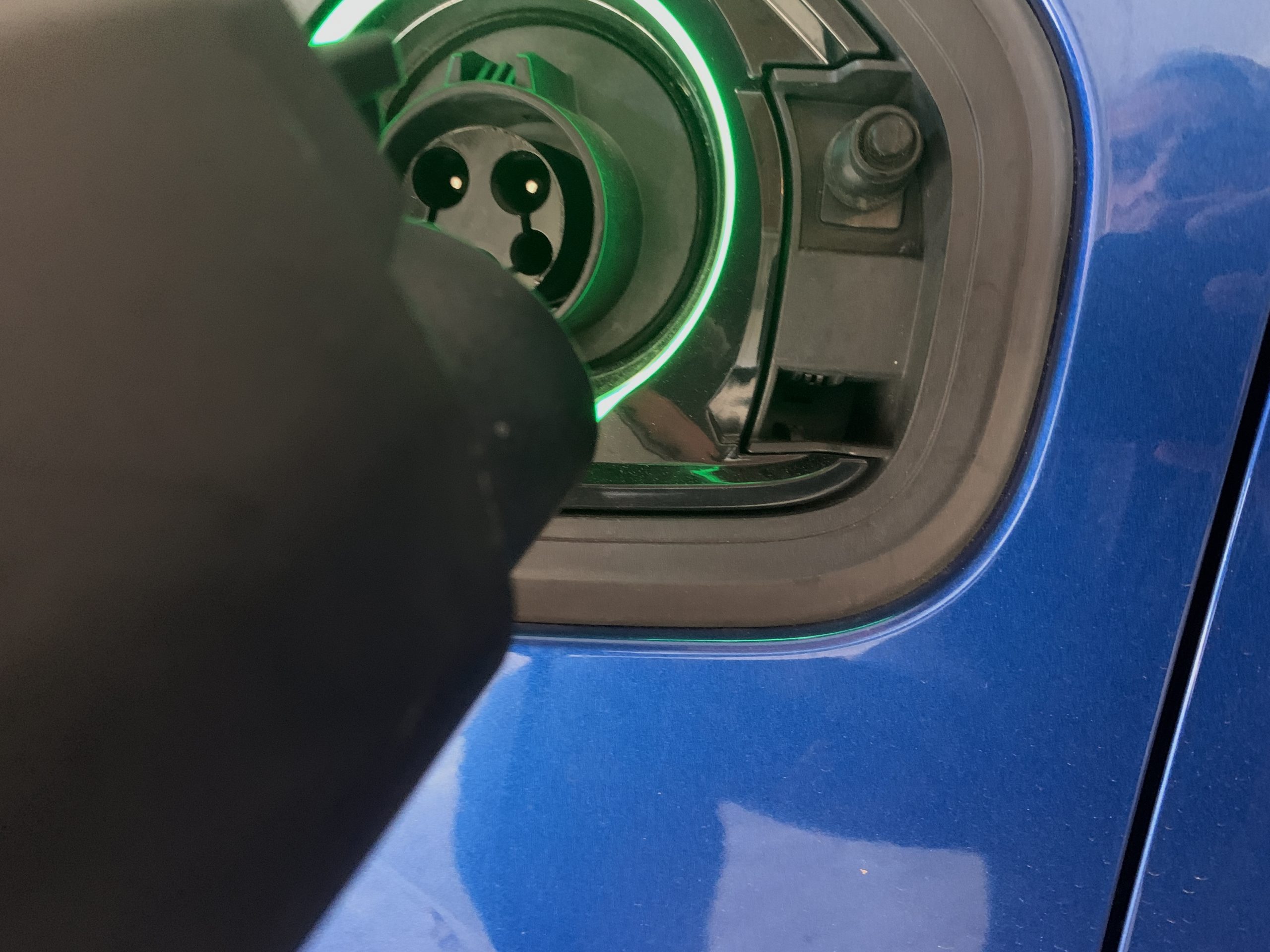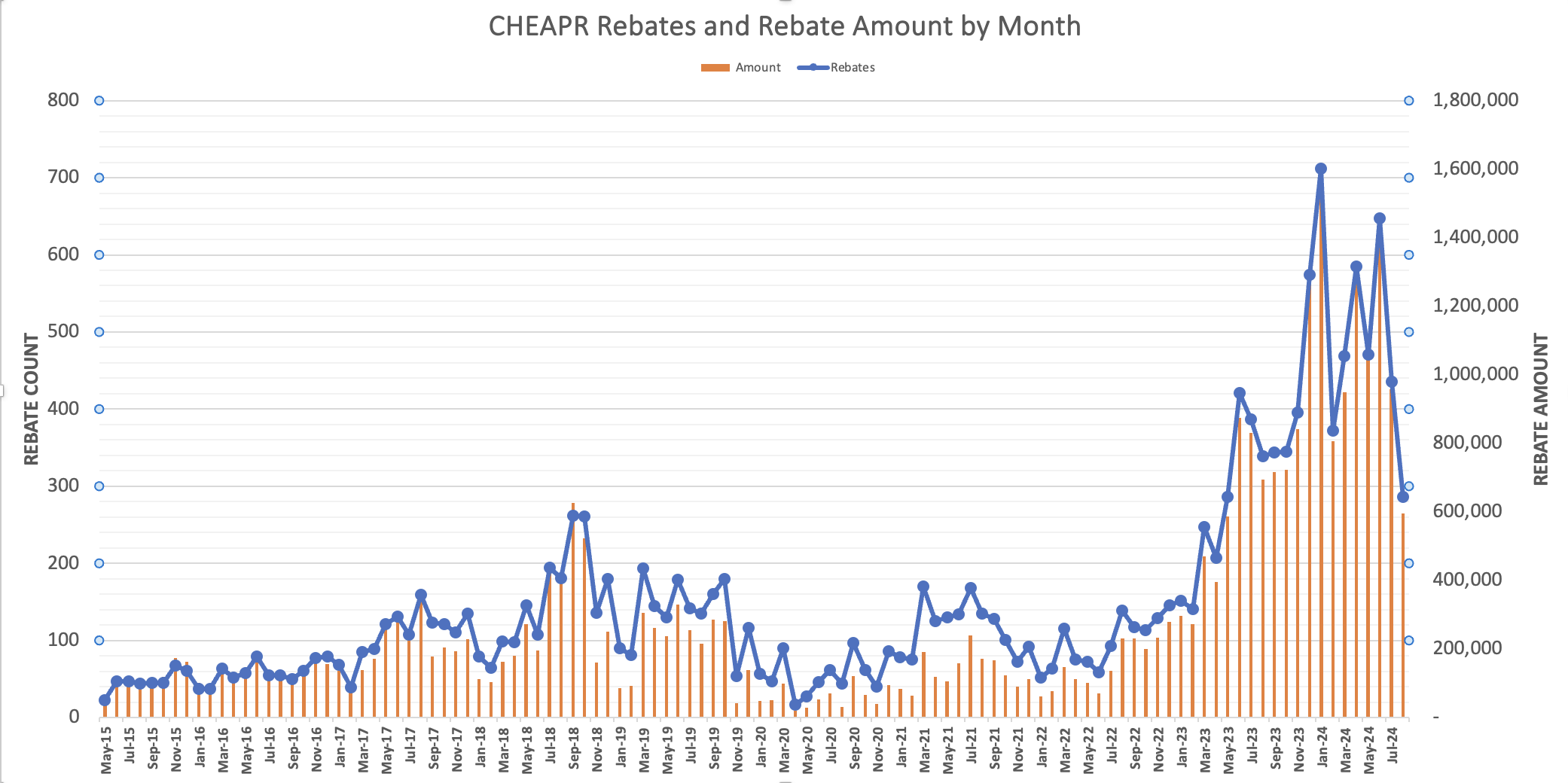Absent Software, JuiceBox Chargers May be Dangerous
Absence of Software Could Cause a Failure to Regulate Current We’re not trying to be alarmist but we are trying to help spread the word of a potentially serious safety situation. Abrupt Departure Enel X … Read more

